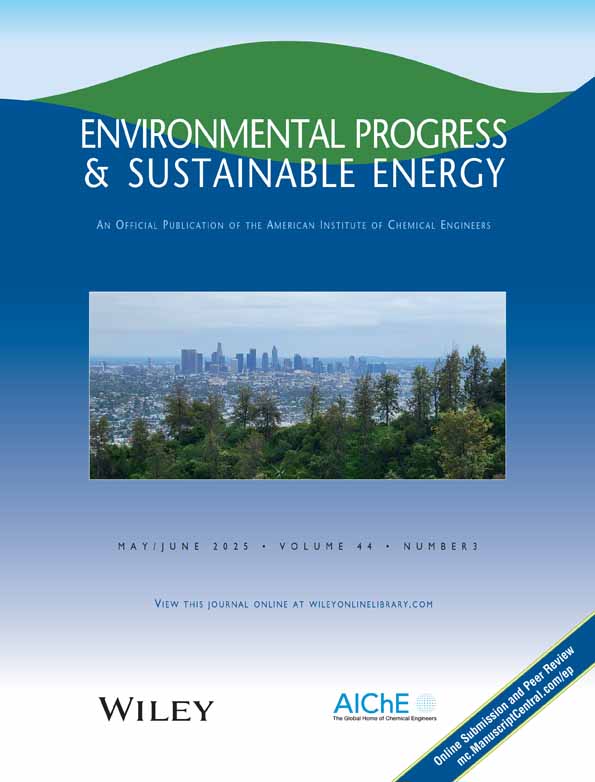Municipal landfill Leachate management
Abstract
From 1995 to 1997, the Montgomery County Leachate Pretreatment Facility (MCLPF) has successfully pretreated in excess of 18,000,000 gallons of leachate generated by the county's municipal solid waste landfill. The collection system directs leachate from the original landfill, the new lined section, and the ash cell to the leachate pump station. The leachate, prior to being pumped to the leachate pretreatment system, is equalized in two storage lagoons with a combined capacity of more than 5,000,000 gallons.
The innovative leachate treatment system, incorporating a biological reactor system equipped with a submerged fixed-film reactor using a patented Matrix Biological Film (MBF) media, continues to provide excellent pretreatment results for the leachate generated at the Oaks Landfill in Montgomery County, Maryland. In 1995 and 1996, the system responded to the substantial challenges imposed by the changing characteristics of the material being landfilled and by the significant amounts of incinerator ash, received in 1995 from the county's resource recovery facility (RRF), which influenced the influent leachate characteristics. The extremely wet weather caused the collection and equalization system to be overloaded and required the biological reactor system to operate at peak flow and loading conditions for extended periods of time. In fact, the facility pretreated in excess of 12,500,000 gallons of leachate in 1996 compared to only 5,500,000 gallons for all of 1995, and continued to meet permit requirements. Although the landfill closed in 1997, technological challenges to the system will continue. The past performance indicates that this system will continue to provide excellent pretreatment results and, in future years, may provide an effluent suitable for direct discharge.




